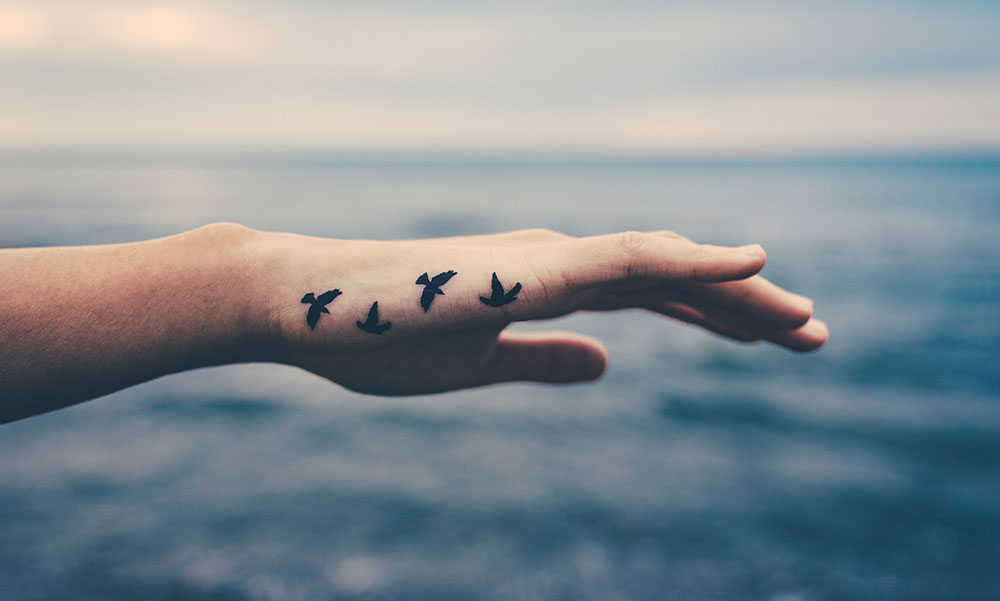
Pediatrics Group Offers First Guidance on Tattoos, Piercings
More and more teens love their tattoos and piercings, and many parents are OK with them too. Now the American Academy of Pediatrics is weighing in keep kids healthy and safe when they get inked or pierced.
With tattoos and piercings becoming a rite of passage for many young adults, it makes sense that a major pediatrics group wants to make sure the trend isn’t harming their health.
On Monday, the American Academy of Pediatrics (AAP) announced its first-ever recommendations for tattoos and piercings, which were highlighted in the latest edition of its academic journal Pediatrics.
“Although body modifications have become a mainstream trend, they still may be associated with medical complications and, among adolescents, may also co-occur with high-risk behaviors,” the article’s abstract states.
“Adolescent and Young Adult Tattooing, Piercing, and Scarification,” released by the association’s Committee on Adolescence, highlights both medical and social risks that come with different types of body modification. The report notes that medical complications are rare but possible with tattoos and that buyer’s remorse isn’t cheap—laser removal of a tattoo costs anywhere between $49 and $300 per square inch affected.
“In most cases, teens just enjoy the look of the tattoo or piercing, but we do advise them to talk any decision over with their parents or another adult first,” study coauthor Dr. David A. Levine of the Morehouse School of Medicine said in a news release. “They may not realize how expensive it is to remove a tattoo or how a piercing on your tongue might result in a chipped tooth.”
Beyond offering warnings to the public, the guidelines will help pediatricians address the issue with patients and their parents.
“Most of my medical colleagues don’t know regulations in the states, complication rates, or later impact on young people when looking for a job,” Dr. Cora Breuner of Seattle Children’s Hospital, also a coauthor of the guidelines, told NPR.
The guidelines provide recommendations for conversations about hygienic practices when getting piercings and tattoos, the potential for infectious disease to occur, and how long each takes to heal.
Those are worthy conversations, considering that 38 percent of millennials have a tattoo or piercing, according to a 2010 Pew survey.
(kaisersosa67/iStock/Getty Images Plus)






Comments